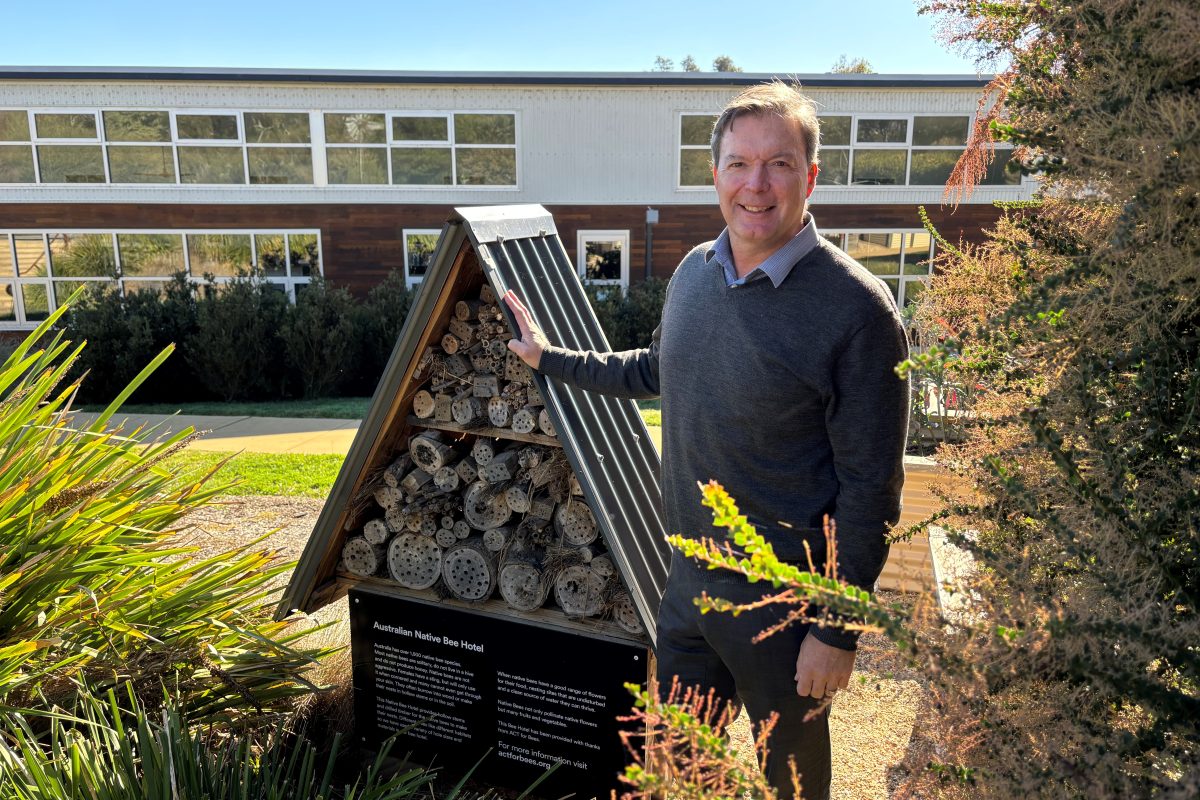The vision for the sustainability precinct at Ginninderry
The Ginninderry project team is exploring exciting new uses for the open space in and around the ACT’s former landfill site located in West Belconnen.
The ultimate vision for the old landfill site is to turn it in to a sustainability precinct. This will be an area that provides opportunities for recreation, educational experiences, community activities, recycling, the development of sustainable businesses and community projects, nurseries and community gardens. While not all uses are compatible with all locations on the site due to previous land use, some areas have great potential once appropriately certified, and other areas will remain as green open space for nature and recreation.
Our masterplan for the area (an early draft still under development) considers possible uses ranging from cycleways, urban farm stock paddocks, wetland ponds, native and edible tree species, a permaculture food forest, play space and amphitheatre to an ecology business park and rooftop energy farm, recycling centre, recreation spaces, picnic and seating spaces, a children’s farm, and community gardens.
A rehabilitated landfill site as part of Ginninderry will be a great asset and will provide permanent green open space and opportunities for sustainable activities.
There are some innovative and exciting examples of rehabilitated landfill sites across Australia.
One of the most significant landfill remediation projects in Australia is Sydney Olympic Park; 105 hectares of landfill rehabilitated and transformed into open spaces, parklands and a thriving events and business precinct.
Another example of a successfully rehabilitated landfill site is the CERES sustainability centre located on 4.5 hectares on the Merri Creek in East Brunswick, Melbourne. CERES is an example of how the efforts of many groups, staff, volunteers and labour market programs can transform a site. Once abandoned, today CERES is a place of nature and beauty, inhabited by a vibrant and diverse community.
The reimagination of space for community use was also impressively done in the case of the Collingwood Children’s Farm, with the land playing host to a variety of industries after European settlement and the Yarra river serving as a dumping ground for Fitzroy’s waste. Today, the Collingwood Children’s Farm offers parents and children, who live in urban environment often without backyards and with minimal exposure to farming and farm animals, the opportunity to learn how to care for animals and nature, all while having fun outdoors.
For Ginninderry, although it will be at least 10 years before the development reaches the vicinity of the West Belconnen landfill site, the ACT Government has committed to finding alternatives for the remaining current uses of the site by the end of 2019; enabling the permanent decommissioning and rehabilitation of the rest of the site well before development approaches this area.
We will be working with the community over the next few years to refine a masterplan for the site and to work out how it can best be managed as a community asset into the future.
Check out our video on the West Belconnen landfill site here.


